The scientist in me dissects every aspect of life and makes it easy for me to understand the nature around me. Like Richard Feynman said, the beauty on the surface is available for everyone but the beauty that a scientist sees is deeper and additive.
I was listening to A R Rahman’s song – Ajooba, from the movie Jeans. The theme of the song is that all that we observe around us is “ajooba” (meaning miracle). The lyrics caught my attention and I thought of explaining the science behind them. It was fun dissecting the beauty that is sensorial to arrive at the beauty that is microscopic.
Ajooba:
phoolon mein jo khushboo hai kaise who aati hai
(how are flowers so fragrant?)
The fragrance of flowers is due to the chemicals that trigger a sensation in our olfactory nerves. Here is a list of some chemicals responsible for fragrance in flowers.

titli kahaan se yeh saare rang laati hain
(where does a butterfly get those beautiful colours from?)
The colours of a butterfly’s wings are a result of selective absorption, interference and diffraction of the colours in white light, by the nano-structures on the wings. The beauty is to see this happening right in front of our eyes and not being aware of it.
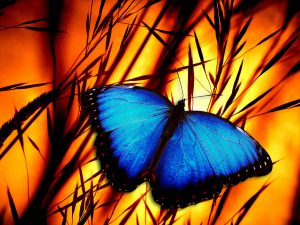
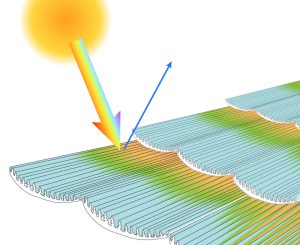
hawa ko bansuuri banaati hai sangeet kaise
koyal ne sikhe hain itne pyaare geet kaise
(how does a flute turn air into music? how does a koel learn to sing so sweetly?)
The resonance of air columns creates the sound that we hear from wind instruments. Not surprisingly, the same phenomenon is responsible for the sweet music that emanates from the larynx of a koel bird.
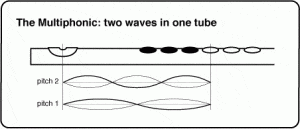
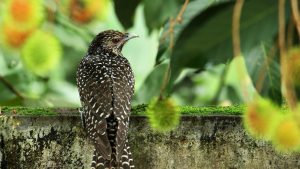
daali mein mahak hoti hi nahin
kaliyon mein mahak aa jaati hai
(there’s no fragrance in the stems, but there is fragrance in the flowers)
The chemical composition of the stems/trunks and the flowers are different and hence the difference in fragrance. There are exceptions to this, though. We find stems and barks of trees that are fragrant as well – E.g.: Sandalwood
saagar se ghata jo uthti hai mitha paani barasti hai
(the clouds that rise from the seas bring down sweet rain water)
This is clearly explained by the water cycle that we all studied in school. The evaporation of water from the oceans, followed by condensation and cloud formation and finally precipitation in the form of rain.

jungal mein jugnuun ko dekho to ye socho
ye roshni is mein aayi kaise
(looking at fireflies in the jungle, one can only wonder where did they get the light from?)
The light emitted by fireflies is a result of bio-luminescence.
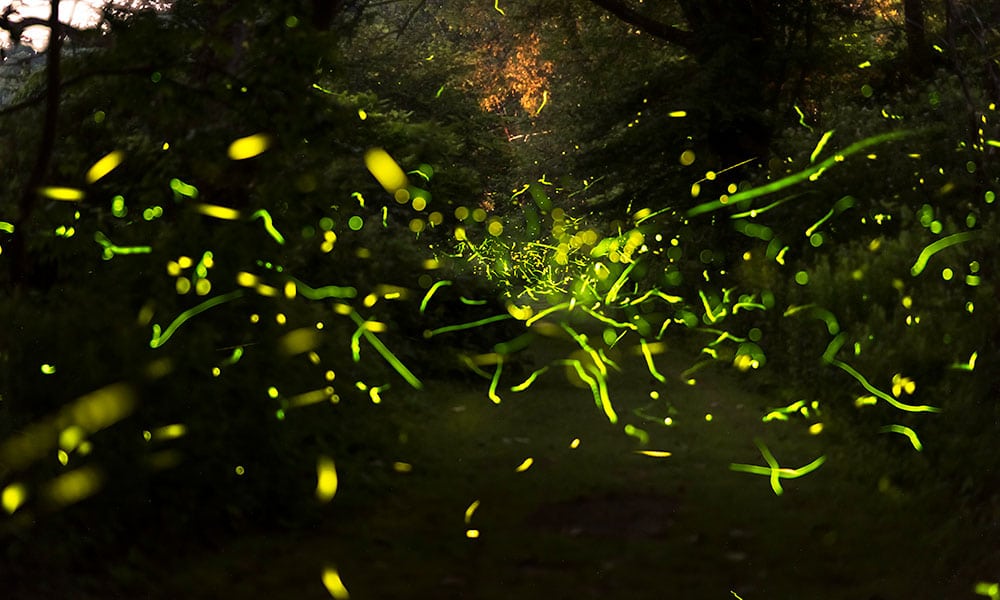
tan mein jo hai jaan woh kis tarah hai
man mein hai armaan woh kis tarah hai
(how is there life in the body? how is there desire in the heart?)
There are complex biochemical reactions that keep the human body functioning constantly. Emotions are triggered due to multiple neurochemicals in the brain – Dopamine, Serotonin, Epinephrine, Endorphins, Oxytocin, Cortisol being the primary ones.

It is therefore evident that one man’s miracle is another’s science. Looking at the world around us from a scientific point of view is a beauty in itself.
I would also like to highlight the importance of learning it right the first time. If understanding of basic science is clear at a young age, then most of the things that appear as miracles to rest of the world will be obvious to us. It sets a platform for us to look for beauty in deeper aspects by peeling away the layers. This lays the foundation for a better learning experience.
In the words of Richard Feynman,
“I have a friend who’s an artist and has sometimes taken a view which I don’t agree with very well. He’ll hold up a flower and say “look how beautiful it is,” and I’ll agree. Then he says “I as an artist can see how beautiful this is but you as a scientist take this all apart and it becomes a dull thing,” and I think that he’s kind of nutty. First of all, the beauty that he sees is available to other people and to me too, I believe. Although I may not be quite as refined aesthetically as he is … I can appreciate the beauty of a flower. At the same time, I see much more about the flower than he sees. I could imagine the cells in there, the complicated actions inside, which also have a beauty. I mean it’s not just beauty at this dimension, at one centimeter; there’s also beauty at smaller dimensions, the inner structure, also the processes. The fact that the colors in the flower evolved in order to attract insects to pollinate it is interesting; it means that insects can see the color. It adds a question: does this aesthetic sense also exist in the lower forms? Why is it aesthetic? All kinds of interesting questions which the science knowledge only adds to the excitement, the mystery and the awe of a flower. It only adds. I don’t understand how it subtracts.”
So, the next time you come across something described as “ajooba”, ask yourself whether it really is.
Image credits:
https://www.compoundchem.com/wp-content/uploads/2015/02/Aroma-Chemistry-Scents-of-Flowers.png
https://asknature.org/strategy/wing-scales-cause-light-to-diffract-and-interfere/#.XBN2h2gzbIU
https://www.forthecontemporaryflutist.com/etude/etude-05.html
https://sciencestruck.com/water-cycle-for-kids
https://blog.daftmobile.com/short-story-about-the-brain-chemicals-and-how-they-affect-players-d078792139ec
ambadysasi/pixabay/creative commons
geralt/pixabay/creative commons
Sriraghavan S M
Latest posts by Sriraghavan S M (see all)
- Why self-directed learning is the need of the hour - 2 July 2021
- Discovering my teaching method - 8 January 2021
- Finding Balance - 23 October 2020
- A case for Alternative Learning - 9 October 2020
- Why I am a teacher - 4 September 2020

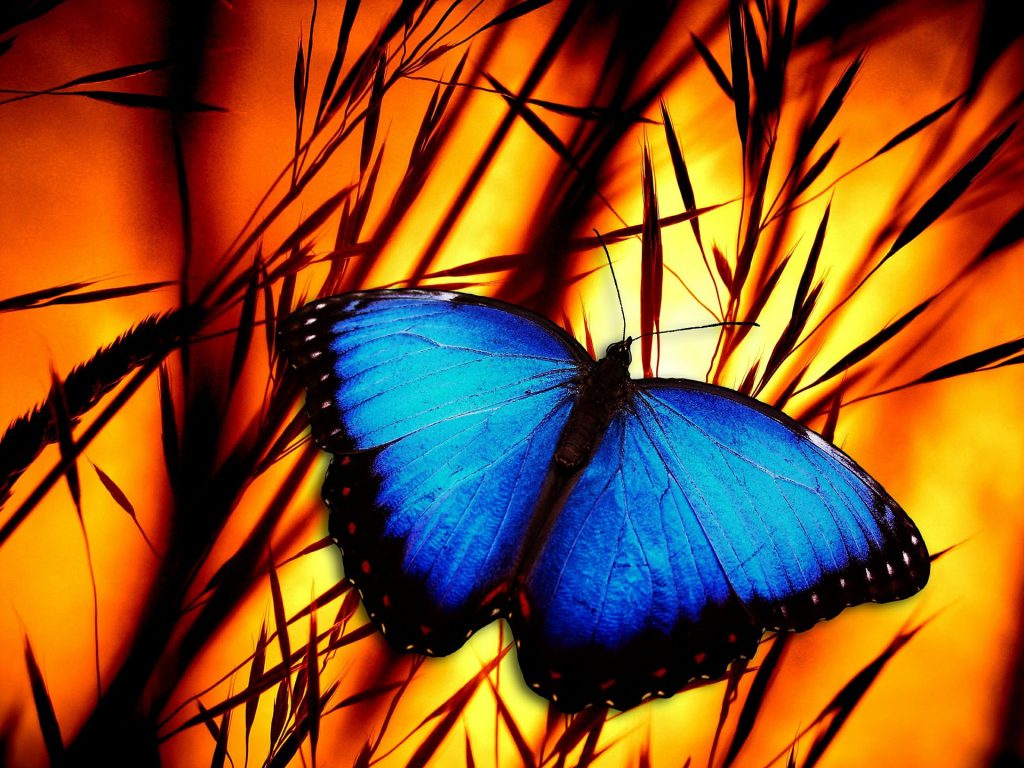
Sriraghavan, well written and totally happy to read the scientist within explode rhetorically over a bolly/tolly/kolly wood song! Well science can only add it all up and accentuate this eexperience of miraculous beauty…on a lighter note, this scientist has enhanced the value of an otherwise ignored song in my memory too. Made for verg sensible reading.Liked it. Thinking.
Thank you and happy reading